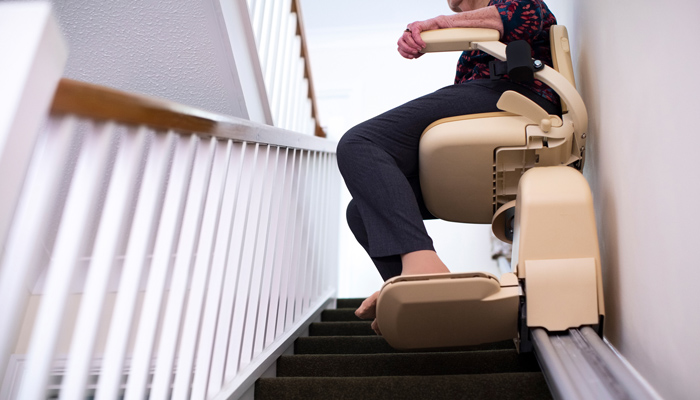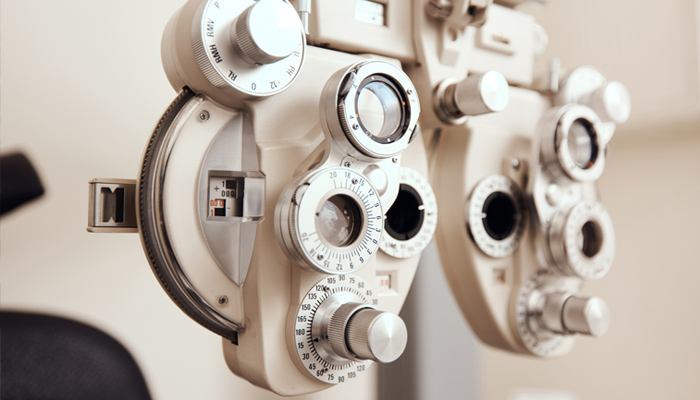Creating a Person-Centred Care Culture
If you work in the medical sector, you’ll likely be familiar with the term ‘patient-centred care’, which describes an approach towards caring for patients that is shaped by the patient’s own vision for their healthcare journey.
If you work in the medical sector, you’ll likely be familiar with the term ‘patient-centred care’, which describes an approach towards caring for patients that is shaped by the patient’s own vision for their healthcare journey.
It can be difficult to know what person-centred care looks like, because in action it may simply seem that the health professional is doing their job well. But patient-centred care is so much more.
What is person-centred care?
Person-centred care places a real emphasis on the patient and their healthcare professionals working together to achieve a common goal; instead of merely ‘receiving’ care, the patient becomes an active participant in shaping their own healthcare journey.
The benefits of person-centred care
This isn’t simply a ‘nice to have’ – instead, the research shows that patient-centred care produces enviable health outcomes. According to The Health Foundation, when a person’s healthcare journey fosters collaboration, supports any long-term conditions, and makes patients more aware of the care they’re receiving, patients are:
- Less likely to use emergency hospital services
- More likely to stick to treatment plans and take medication correctly
- More satisfied with their care
- Tend to choose less invasive and costly treatments
- More likely to engage in positive health behaviours, thereby improving outcomes.
It’s not just the patients that benefit, either. Patient-centred care has been proven to boost healthcare staff’s performance and morale. Actively promoting this set of values in the everyday delivery of care can have a positive impact on the workplace and even CQC inspection ratings.
Person-centred care improves client wellbeing
Let’s start with one of the most obvious advantages of a care strategy that puts the patient at its centre – there is evidence that it improves the emotional and physical wellbeing of those receiving care. Patients who take an active role in their own care and more likely to adhere to treatment plans and less likely to require emergency services for their health.
In settings such as care homes, person-centred care means involving residents in conversations and decisions about their care. Offering vulnerable people the opportunity to express their wishes and preferences when it comes to their care can help to boost their confidence, and help them to feel secure in their surroundings. If residents do not have the mental capacity to take an active role in decision making, person-centred care can mean including their relatives in conversations instead.
Residents who receive person-centred care are more likely to make choices that reflect their personal wishes and preferences, rather than conforming to the routine of a care setting or a one-size-fits-all approach.
Person-centred care creates a positive workplace
With the care sector and its staff under strain, it’s good news that training staff to deliver consistent person-centred care techniques can help to create a positive working environment. Taking the time to offer patients and care home residents choices and the space to express their personal opinions can help them to cooperate with professionals more effectively. This can help create a more positive workplace for your staff and help them to enjoy stronger working relationships with the people they care for.
For example, a care home with a focus on person-centred care may take regular surveys of their residents’ thoughts, feelings and opinions. This may include questions about the weekly menus, staff and activities they encounter.
This knowledge of each individual will enable caregivers to create more personalised care plans. Having an active say in things like what they eat and how they spend their time can empower vulnerable residents and help to encourage a trusting relationship with their care home’s staff.
Positive impact on CQC ratings
Delivery of person-centred care often reliant on a commitment to ongoing training and improvement. It’s a great way to ensure that all staff members understand the importance of strong communication skills and the dignity of those in their care.
This means it also has the potential to have a positive long-term impact on a care setting’s CQC rating. During an inspection, the CQC assess whether a care provider is responsive to the needs of the people in its care, with an emphasis on person-centred care delivered with dignity.
Setting up an ongoing training framework that ensures all team members are working with compassion for their patients as individuals can help your care setting to perform well under inspection. Regular training and team meetings can also help to keep the lines of communication between staff and managers open, boosting employee retention.
Make patients active participants in their care
Many countries have healthcare systems that make the patient an active participant in their care. In Western Europe and Scandinavia, for example, the patient is permitted to design their own healthcare plan, which is then approved by their care team. The patient then receives a ‘budget’ to spend on their care and aid towards their health objectives.
These methods could inspire your approach to patient care to make it more person-centred.
Practical steps towards patient-centred care
Here are some changes that you can make to implement a person-centred care framework.
Collaborative person-centred care
Patients want to not only understand the care they’re receiving but also have a say in it.
Implementing some sort of discussion with the patient in the first instance is therefore critical. The discussion should identify the patient’s treatment, care, and support of choice, and also their health goals so that the patient and professional can create a plan to fulfil them.
Use a person-centred care checklist
The is an evidence-based model that pulls out four key elements as being essential for the delivery of effective care. As healthcare professionals you could use the House of Care checklist can use this checklist, or your own variation, to check you are consistently meeting objectives.
The four key elements are:
- Patients feel engaged in decisions about their treatment and care
- Healthcare professionals show commitment to working in partnership with patients
- Use of existing systems in place to effectively organise resources
- Utilising a whole-system approach to commissioning health care services
Awareness of patients’ care preferences and priorities
A simple and creative way you can get to know your patients better is through the use of ‘what matters to me’ boards.
These magnetic boards are posted above the patient’s bed in view of their care team, and the patient can use it to reflect their care preferences and priorities, e.g. about pain relief, visitation, etc.
Self-management support
Particularly useful for patients living with long-term health conditions, self-management support includes a range of resources and services to help patients manage their condition. This might take the form of health coaching, motivational interviewing, structured group education programmes, and more.
Care home insurance from Towergate
Find information on our care home insurance page, call us on 01438 739280 or request a callback at newcare@towergate.co.uk.
Date: August 02, 2024
Category: Care and Medical












































